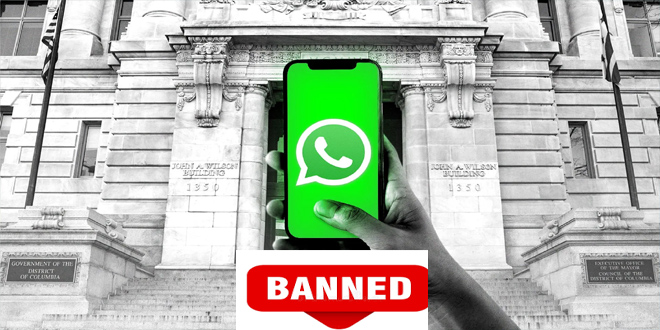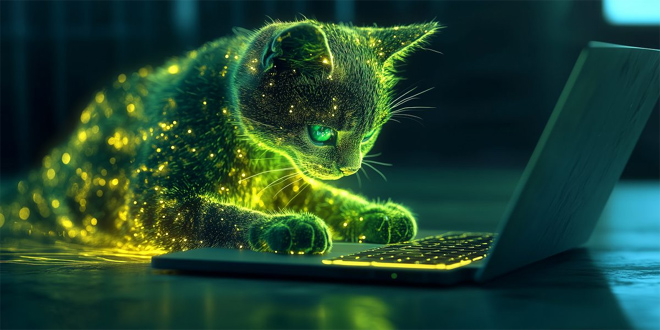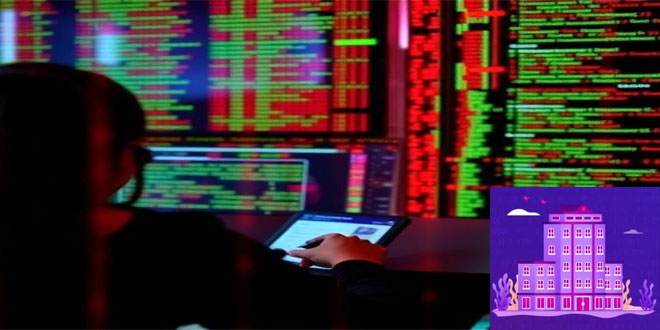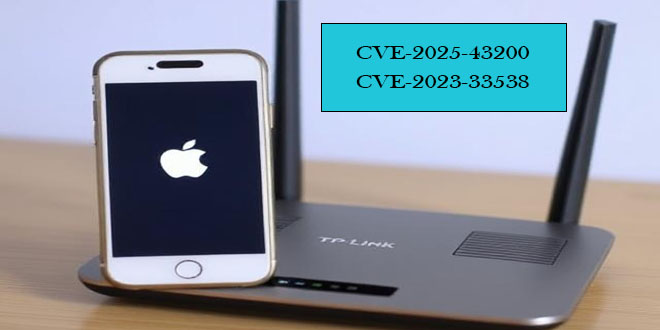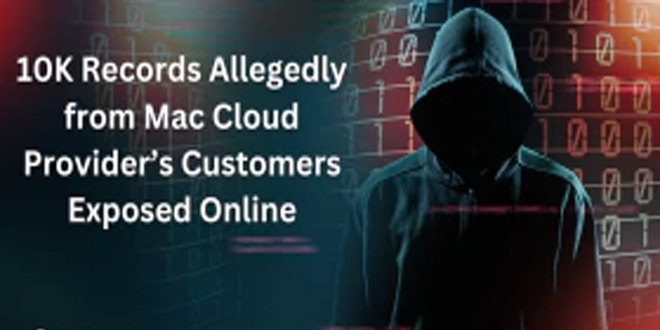NSA has released Best Practices for Event Logging and Threat Detection to make sure important systems keep working. These practices apply to cloud services, enterprise networks, mobile devices, and operational technology networks.
The Cybersecurity Information Sheet (CSI) was created with international co-authors, including the Australian Signals Directorate’s Australian Cyber Security Centre (ASD ACSC).
The guidance aims to help IT and cyber employees in companies protect against threat actors who use living off-the-land (LOTL) techniques.
It also provides recommendations for improving an organization’s resilience in the present cyber threat environment while considering resource restrictions.
Four Best Practices for Event Logging and Threat Detection:
An efficient event logging system should be able to identify cybersecurity events, send alerts when they occur, monitor account compliance, and ensure the performance and usability of logs and logging platforms.
When pursuing best practices for logging, keep the following four factors:
Enterprise-approved event logging policy
Centralized event log access and correlation
Secure storage and event log integrity
Detection strategy for relevant threats
Enterprise Logging Policy: A Strategic Move for Cybersecurity
Creating and executing an enterprise-approved logging policy enhances an organization’s ability to identify fraudulent activity on its systems and ensures that all environments use the same logging technique.
The logging policy should consider any shared duties between the organization and its service providers.
The policy should state which events to record, how to monitor event logs, how long to keep them, and when to reassess which logs to keep.
Creating a logging policy is very important for spotting bad behavior and keeping things consistent in a company.
Key components of an effective logging policy include:
Event Log Quality: Capture high-quality cybersecurity events instead of focusing only on well-formatted logs. High-quality logs help network defenders accurately identify and respond to incidents.
Detailed Captured Event Logs: Logs should have important details like time stamps, event types, device IDs, IP addresses, user IDs, and executed commands. This information is crucial for detecting threats and responding to incidents.
Operational Technology (OT) Considerations: To enhance logging capabilities in OT environments, utilize sensors or out-of-band communications for additional logs without overwhelming devices.
Content and Timestamp Consistency: Use standardized log formats and timestamps for easier log correlation and analysis.
Event Log Retention: Keep logs for a sufficient amount of time to help with investigations of security incidents. Be aware that some threats may remain undetected for months. The length of time that logs are kept should follow the rules set by regulations and the organization’s risk assessment. Full report here.
 InfoSecBulletin Cybersecurity for mankind
InfoSecBulletin Cybersecurity for mankind

